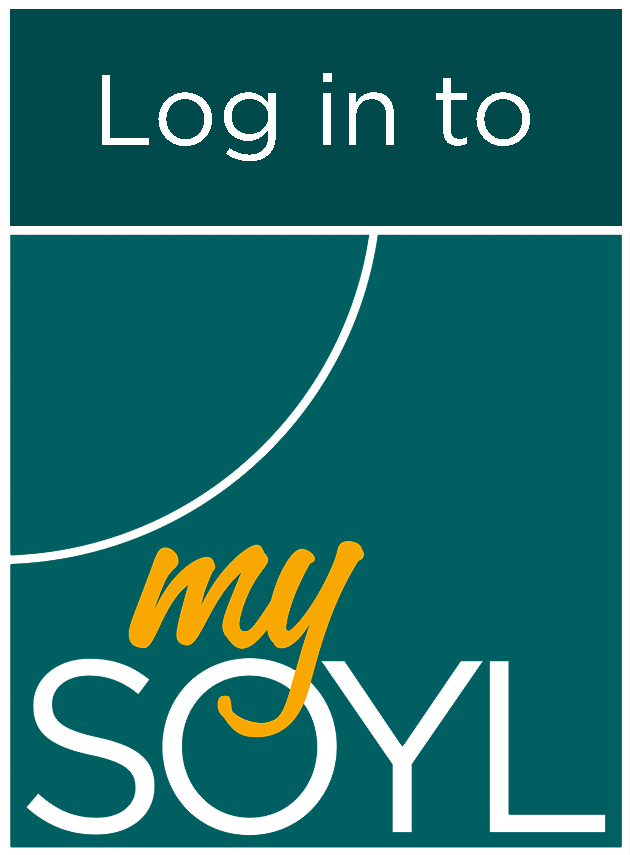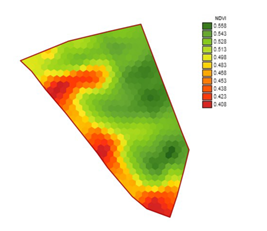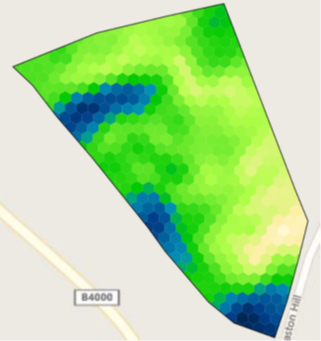Variable Rate Nitrogen
The SOYL Variable Rate Nitrogen (VRN) service uses remote sensing technology to assess crop canopy variation and create targeted nitrogen application plans. Utilising nine satellites and supported by radar imagery, we offer the most comprehensive biomass imagery service available in UK agriculture.
Get started today
Speak to your local representative or email This email address is being protected from spambots. You need JavaScript enabled to view it.













